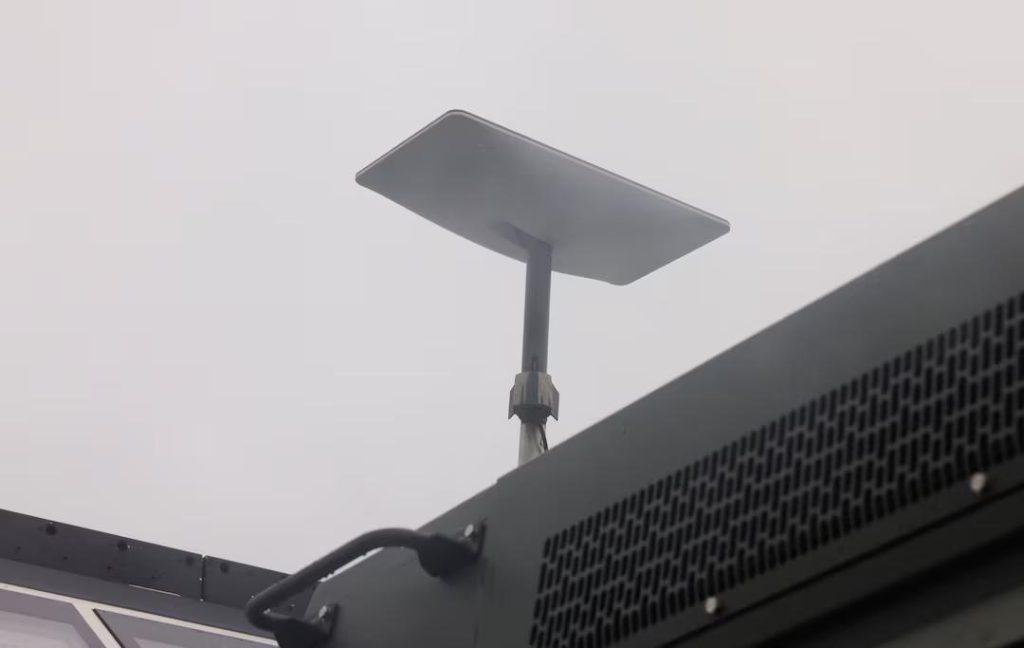
Musk Seeks Starlink Terminal Deployment in US Airspace Network
SpaceX, a leading space technology company founded by Elon Musk, is reportedly working to deploy its Starlink satellite internet terminals to support the US Federal Aviation Administration’s (FAA) national airspace system. As part of this effort, Musk has approved the shipment of 4,000 Starlink terminals to the FAA, according to recent reports.
The development comes amid ongoing efforts to modernize the FAA’s airspace infrastructure, which manages approximately 45,000 flights daily. This critical infrastructure is responsible for ensuring the safe and efficient movement of air traffic across the United States.
Starlink, a satellite internet constellation developed by SpaceX, has been gaining significant attention in recent years for its potential to provide high-speed, low-latency internet connectivity to remote and underserved areas around the world. The system consists of a network of thousands of small satellites in low-Earth orbit, which communicate with ground stations and users through a combination of radio signals and laser beams.
The deployment of Starlink terminals in the US airspace network is expected to play a crucial role in supporting the FAA’s efforts to modernize its infrastructure. The terminals will enable the agency to gather and transmit critical aviation data in real-time, improving the efficiency and safety of air traffic management.
According to reports, the Starlink terminals will be used to support the FAA’s Automatic Dependent Surveillance-Broadcast (ADS-B) system, which provides aircraft with real-time information about their position and altitude. The system relies on a network of ground stations and satellites to transmit and receive data, and the deployment of Starlink terminals will help to enhance its reliability and accuracy.
The FAA’s efforts to modernize its airspace infrastructure are part of a broader initiative to improve the safety and efficiency of air travel. The agency is also investing in other technologies, such as artificial intelligence and machine learning, to improve its ability to predict and respond to potential safety threats.
The deployment of Starlink terminals in the US airspace network is also expected to have significant economic benefits. The FAA estimates that the modernization of its airspace infrastructure will generate up to $30 billion in economic benefits over the next 15 years, creating thousands of jobs and stimulating economic growth.
The partnership between SpaceX and the FAA is a significant development in the world of aviation and satellite technology. It highlights the potential for private companies like SpaceX to play a critical role in supporting the development of critical infrastructure, such as the national airspace system.
Elon Musk, the CEO of SpaceX, has been a vocal advocate for the potential of satellite technology to transform the way we live and work. He has stated that the deployment of Starlink terminals in the US airspace network is just the beginning of a new era in satellite-based aviation services.
“We are excited to be working with the FAA to deploy our Starlink terminals in the US airspace network,” Musk said in a statement. “This partnership will help to improve the safety and efficiency of air traffic management, while also paving the way for new and innovative aviation services.”
The news of the partnership between SpaceX and the FAA has been met with widespread enthusiasm in the aviation and satellite communities. It is a testament to the power of public-private partnerships to drive innovation and growth in critical industries.
In conclusion, the deployment of Starlink terminals in the US airspace network is a significant development that has the potential to transform the way we manage air traffic. The partnership between SpaceX and the FAA is a testament to the power of public-private partnerships to drive innovation and growth in critical industries. As the aviation industry continues to evolve, it will be exciting to see how this partnership will shape the future of air travel.
Source:






